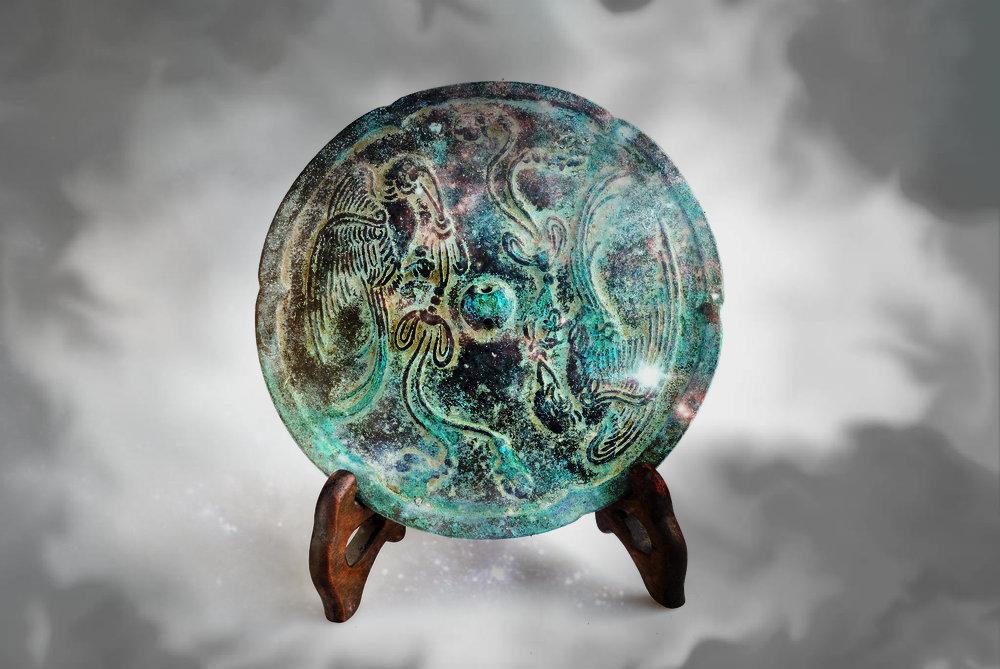The Chinese and Japanese have long held as precious rare mirrors that seem to magically be at the same time solid bronze and to let light shine right through them. The Chinese called them by a name that signifies “mirrors which are permeable to the light.” In the West, they became known simply as “magic mirrors,” and they baffled scientists for many years.
The front of the mirror functioned normally. It was made of polished bronze that would reflect the observer’s image. The back of the mirror was decorated with various characters and patterns. The strange thing was, when an especially bright beam of light was reflected off the mirror and onto a clear surface, one could see the patterns from the back of the mirror in the reflection. It was as though the solid bronze had become transparent.
Western scientists started their examination of the mirrors in 1832, and it took a century before anyone could figure them out. Even in the East, it seems the knowledge of how to intentionally make these magic mirrors was elusive, though not completely out of reach.





